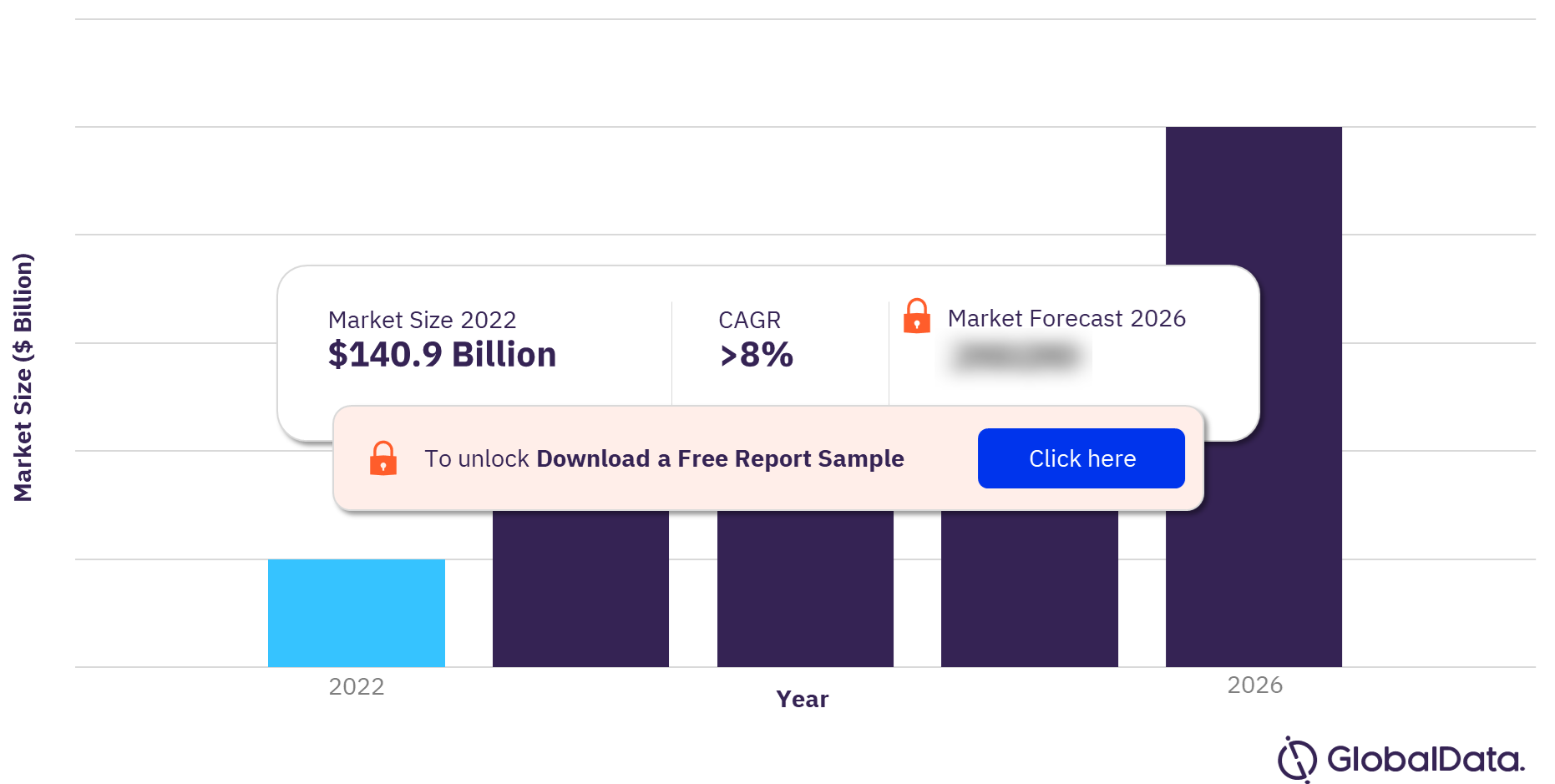The future of payment innovation in Switzerland's cards and payments market promises to be dynamic, driven by technological advancements, changing consumer behaviors, and regulatory developments.

To gain more information on the Switzerland cards and payments market forecast, download a free report sample
Here are some trends and insights that may shape the future of payment innovation in Switzerland:
1. Contactless and Mobile Payments: Contactless payments, including both contactless cards and mobile wallets, are expected to continue their growth. Swiss consumers have embraced this convenient and secure payment method, and the use of mobile payment apps is likely to increase.
2. Biometric Authentication: Biometric authentication methods like fingerprint and facial recognition are likely to gain prominence in payment security. These methods enhance the security of mobile payments and online transactions.
3. Cryptocurrency Integration: Switzerland, known for its cryptocurrency-friendly environment, may see further integration of digital currencies in the payment landscape. Swiss financial institutions may offer services related to cryptocurrencies, and more businesses might accept digital currencies as a form of payment.
4. Open Banking and PSD2: Switzerland is expected to align further with the European Union's Revised Payment Services Directive (PSD2). Open banking initiatives will promote competition and innovation in the payments market.
5. Cross-Border Payments: Switzerland's role as an international financial hub will continue to drive demand for efficient cross-border payment solutions. Innovations in cross-border payments, including blockchain-based solutions, are expected.
6. Real-Time Payments: The adoption of real-time payment systems is on the horizon. Real-time payment platforms enable instant fund transfers and are gaining traction in various countries. Switzerland might follow suit to enhance payment speed and convenience.
7. Enhanced Mobile Banking: Mobile banking apps will continue to evolve, offering a wider range of services. These apps are likely to become central to everyday banking, allowing users to manage not only payments but also investments and financial planning.
8. Sustainable and Responsible Payments: As environmental and social concerns grow, there may be an emphasis on sustainable and responsible payment solutions. This could involve promoting eco-friendly payment methods and integrating charitable giving into payment platforms.
9. Data Security and Privacy: Data security and privacy will remain paramount. Switzerland's stringent data protection regulations will guide the development of secure and privacy-focused payment innovations.
10. Central Bank Digital Currency (CBDC): Switzerland's central bank is exploring the development of a digital franc. The introduction of a CBDC could lead to new payment innovations and digital monetary systems.
11. Instant Payment Settlements: The adoption of instant payment settlements for businesses and individuals will enable faster and more efficient transactions. This can be especially beneficial for e-commerce and SMEs.
12. QR Code Payments: QR codes are likely to continue being used for payments, including peer-to-peer transactions and in-store payments. QR codes offer a simple and contactless way to make payments.
13. Enhanced Financial Inclusion: Efforts to improve financial inclusion will expand. Digital banking and payment services will become more accessible to underserved populations, reducing the financial inclusion gap.
In conclusion, the future of payment innovation in Switzerland's cards and payments market will be marked by continued digitization, enhanced security measures, and increased convenience for consumers. The adoption of new technologies, alignment with international standards, and the growing emphasis on sustainability will shape the evolving payment landscape. Swiss financial institutions and payment service providers are likely to play a central role in driving these innovations.


